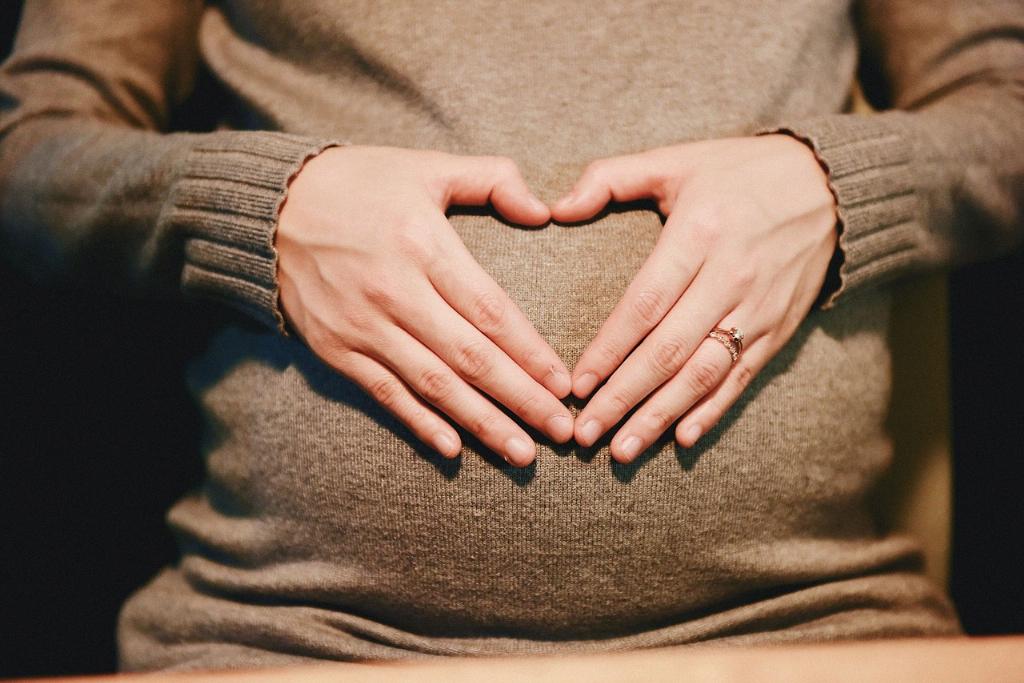When it comes to the age-old question of what are the odds of having a boy or girl, scientific data sheds light on the fascinating process of sex determination in humans. The secondary sex ratio, which refers to the ratio of male to female offspring at birth, typically hovers around 106 male fetuses for every 100 female fetuses. This ratio has been studied extensively, and research suggests that, on average, for every 1,000 babies born, about 51% are male and 49% are female.
Factors Influencing Sex Determination
The process of sex determination is a complex interplay of genetic, hormonal, and environmental factors. While the biological sex of a child is determined at conception based on the chromosomes inherited from the parents, the actual likelihood of having a boy or girl is influenced by various factors. Despite popular beliefs, there is no concrete method to sway the odds in favor of having a specific gender without the use of artificial intervention.
The Role of Genetics in Sex Determination
Genetic factors play a significant role in determining the sex of a child. Humans have 23 pairs of chromosomes, one of which determines the individual’s sex. Females have two X chromosomes (XX), while males have one X and one Y chromosome (XY). During fertilization, the sperm carries either an X or Y chromosome, determining the genetic sex of the offspring. This random process contributes to the roughly equal likelihood of conceiving a boy or girl.
Natural Variability in Sex Ratios
While the 106:100 ratio of male to female births is a widely accepted average, it is essential to note that this ratio can vary slightly across populations and over time. Various theories have been proposed to explain fluctuations in sex ratios, including factors like maternal age, environmental influences, and evolutionary strategies. However, the fundamental principle remains that natural selection plays a crucial role in maintaining a relatively balanced sex ratio.
Techniques for Gender Selection
For individuals or couples interested in influencing the sex of their child, technologies such as sperm sorting or preimplantation genetic diagnosis (PGD) offer options for gender selection. These methods are typically utilized for medical reasons or in cases where a specific gender preference exists. While these techniques can enhance the likelihood of having a boy or girl, they are not foolproof and carry ethical considerations.
Cultural Perspectives on Gender Preference
Gender preference has been a topic of cultural significance in many societies throughout history. Various factors, including family dynamics, social norms, and traditional beliefs, can influence the desire for a specific gender. Understanding the cultural context surrounding gender preference is crucial in addressing societal attitudes and promoting gender equality.
Myths and Misconceptions About Sex Determination
There are numerous myths and misconceptions surrounding the topic of sex determination and the likelihood of having a boy or girl. From old wives’ tales to unverified methods of gender prediction, it is essential to approach these beliefs with a critical mindset. While cultural practices and superstitions may persist, scientific understanding of sex determination is based on empirical evidence and biological principles.
Embracing the Miracle of Birth
Regardless of the sex of the child, the journey of pregnancy and childbirth is a miraculous and awe-inspiring experience. Welcoming a new life into the world brings boundless joy and fulfillment to families, transcending the boundaries of gender. Celebrating the diversity and uniqueness of each individual, irrespective of their sex, is a testament to the beauty of human existence.

